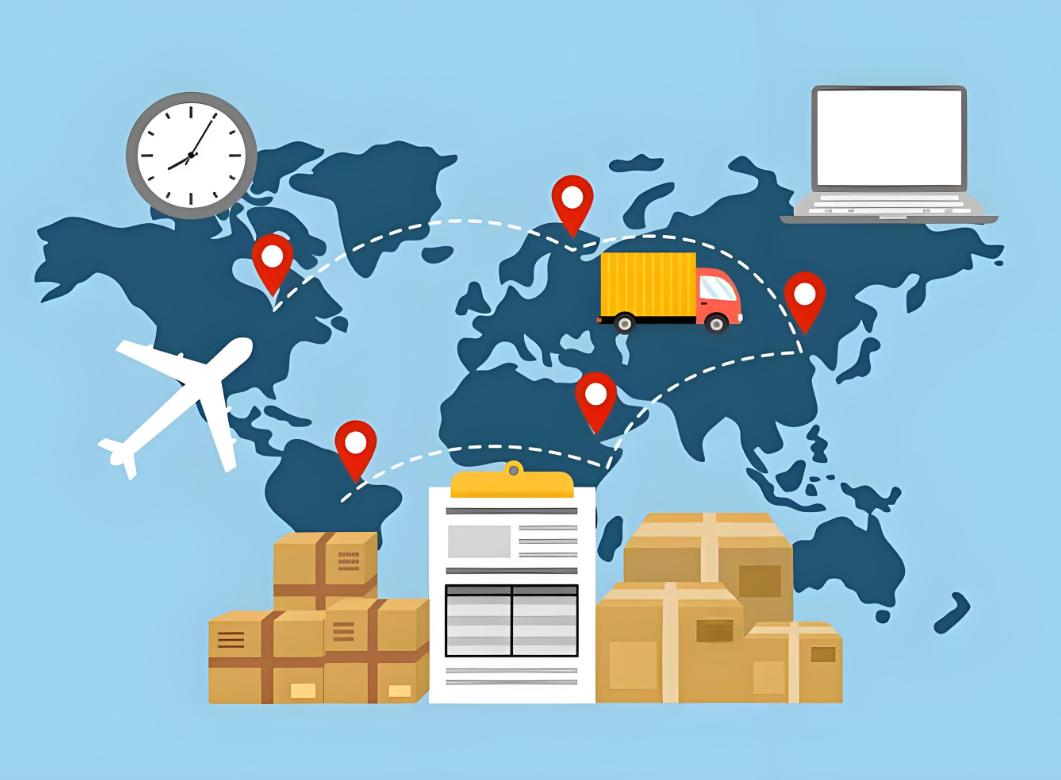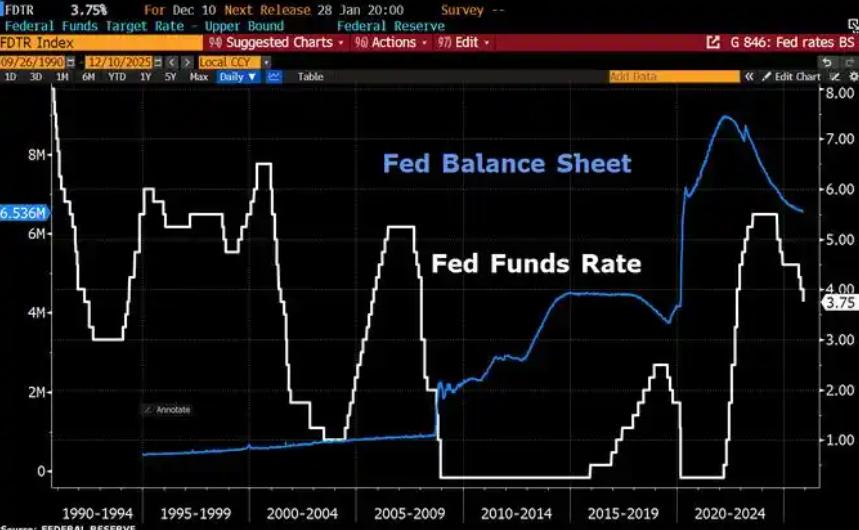
On April 2, 2025, Trump signed an executive order on the so-called "reciprocal tariffs" at the White House, announcing that the United States would impose a "minimum baseline tariff" of 10% on trading partners and impose higher tariffs on some trading partners. The Trump administration is planning to raise tariffs on all trading partners through "reciprocal tariffs" on the grounds that it is "losing out" in international trade. The imposition of "reciprocal tariffs" by the US seriously violates the WTO rules. The US is trying to use unilateral rules to override the WTO multilateral mechanism and reshape the globalization order with "America first" as the core. It seriously undermines the legitimate rights and interests of WTO members and seriously undermines the rules-based multilateral trading system and the international economic and trade order. It is a typical unilateral bullying practice that jeopardizes the stability of the global economic and trade order.
The impact of Trump's policy on international business is multi-faceted and involves many aspects. First, the direct impact on business costs, reciprocal tariffs directly lead to an increase in the cost of importing raw materials or intermediate products for enterprises. Tariffs directly drive up the cost of imported raw materials and intermediates. Companies are forced to pass on costs through price increases, but it may trigger a contraction in market demand, forming a vicious circle. For example, if the two countries impose the same tariffs on each other's auto parts, rising raw material costs will push up manufacturers' production costs, and automakers that rely on imported parts will face upward cost pressure, which will affect retailers' purchase prices, and ultimately consumers bear some or all of the costs. May be forced to raise product prices or reduce profit margins, resulting in a decline in export competitiveness. The cost of tariffs may be transmitted through the supply chain. High tariffs force enterprises to increase investment in research and development, accelerate domestic substitution and technological innovation. For example, China has strengthened its autonomous and controllable capabilities in rare earth, chip and other fields to reduce its dependence on imports. In the long run, this may push the global industrial landscape from "cost competition" to "technology competition".
The second is the impact on trade and business markets, where reciprocal tariffs could push companies to shift their supply chains from high-tariff areas to low-tariff or zero-tariff areas, for example through regional trade frameworks such as the Regional Comprehensive Economic Partnership or the United States-Mexico-Canada Agreement. Tariff barriers have led to a decline in global trade volumes and businesses face barriers to market access. This shift will accelerate the regionalization of global trade and weaken the role of the traditional multilateral trading system. For example, in 2024, global trade volume shrank by 1.2% due to the tariff war, and US exports fell by 3.5%. As market segmentation intensifies, enterprises need to develop differentiated strategies for different markets and increase operational complexity. Under the pressure of high tariffs, companies are likely to increase investment in emerging markets such as Southeast Asia, Africa and Latin America, promoting these regions as new production and export centers. For example, after China imposed tariffs on US goods, some manufacturing companies have transferred production capacity to Vietnam, Mexico and other countries.
Third, the impact on the commercial supply chain, the United States to promote the return of manufacturing, forcing companies to transfer production capacity from China to Southeast Asia, Mexico and other low-tariff areas. To avoid the risk of tariffs, companies will build diversified supply chain networks, such as relying on suppliers in China, Southeast Asia and Europe. Such adjustments increase resilience, but drive up operating costs and erode the efficiency advantage of global supply chains. This trend has weakened China's central role in global supply chains, but it has also prompted Chinese companies to accelerate their transition to higher value-added sectors. Reciprocal tariffs could prompt multinationals to move production back home or to lower-tariff regions. For example, after the United States imposed tariffs on auto parts, some companies have begun to build factories in the United States or Mexico to reduce their dependence on imports.
In summary, although reciprocal tariffs may protect local industries in the short term, they may inhibit global trade efficiency and increase business uncertainty in the long run. Companies need to respond to challenges by diversifying supply chains and deepening regional markets, while paying attention to the evolution of global trade rules to balance costs and risks.

Since 2022, the Fed has cumulatively reduced its balance sheet by $2.4 trillion through quantitative tightening (QT) policies, leading to a near depletion of liquidity in the financial system.
Since 2022, the Fed has cumulatively reduced its balance sh…
On December 11 local time, the White House once again spoke…
Fiji recently launched its first green finance classificati…
Recently, the European Commission fined Musk's X platform (…
At the end of 2025, the situation in the Caribbean suddenly…
The U.S. AI industry in 2025 is witnessing a feverish feast…